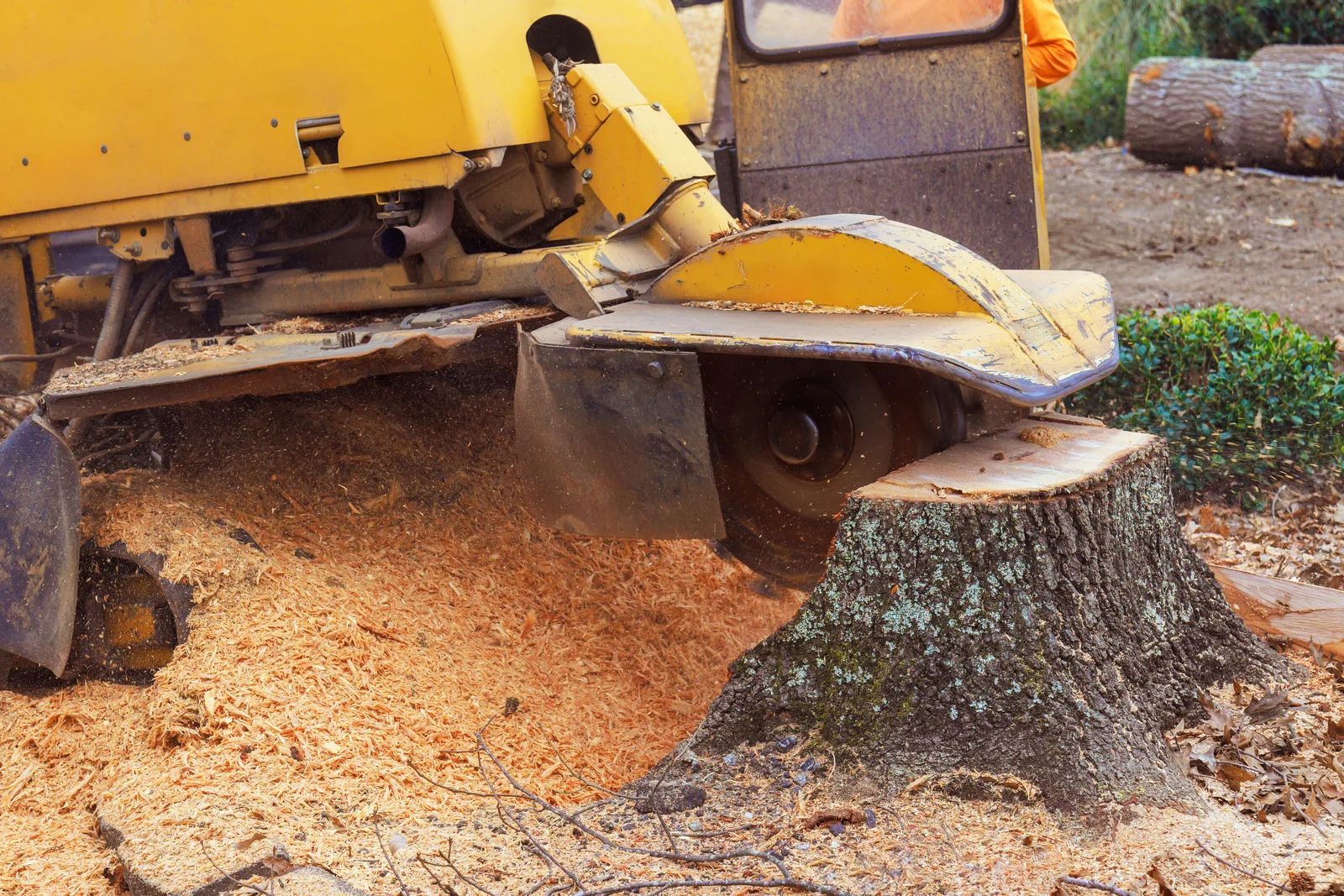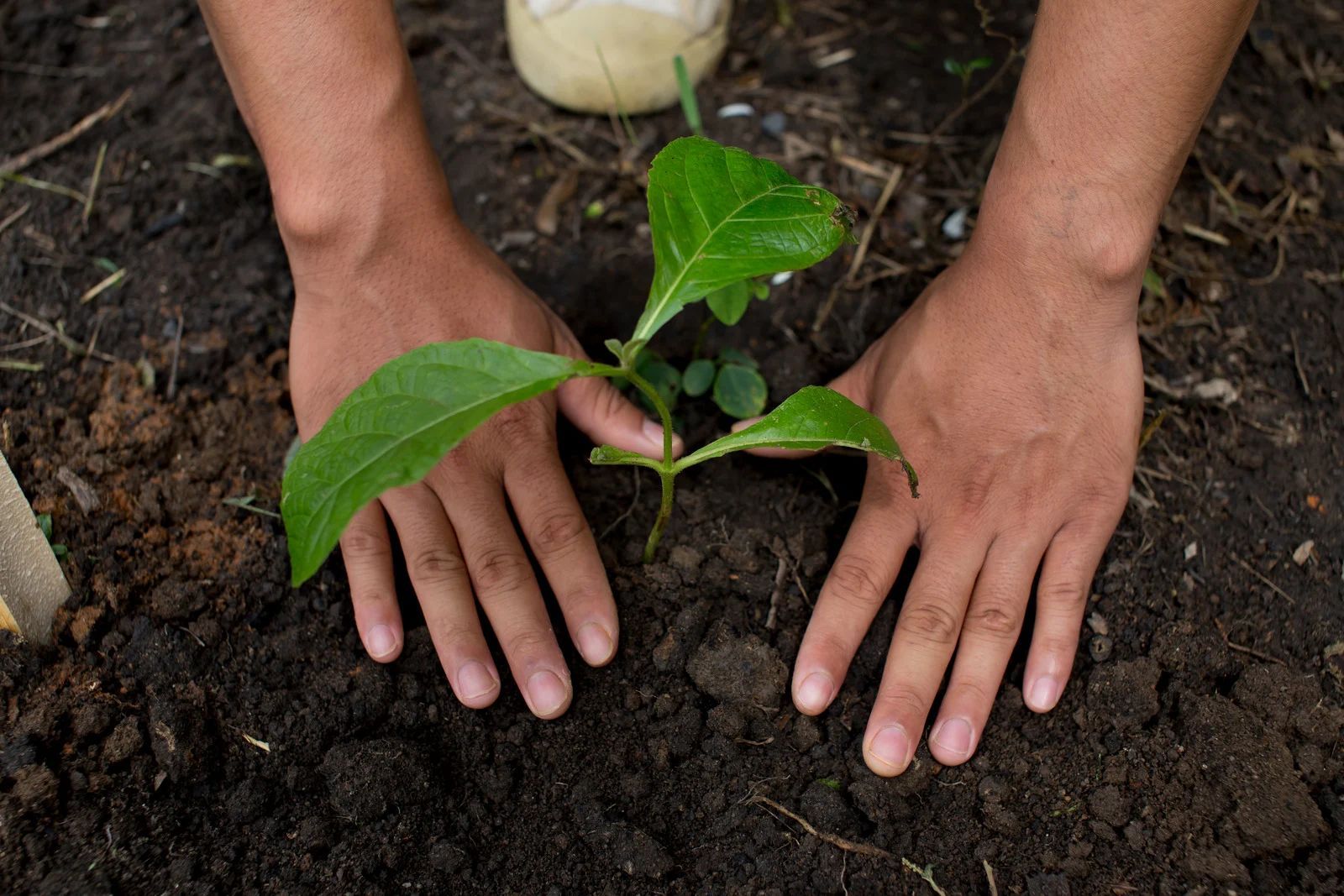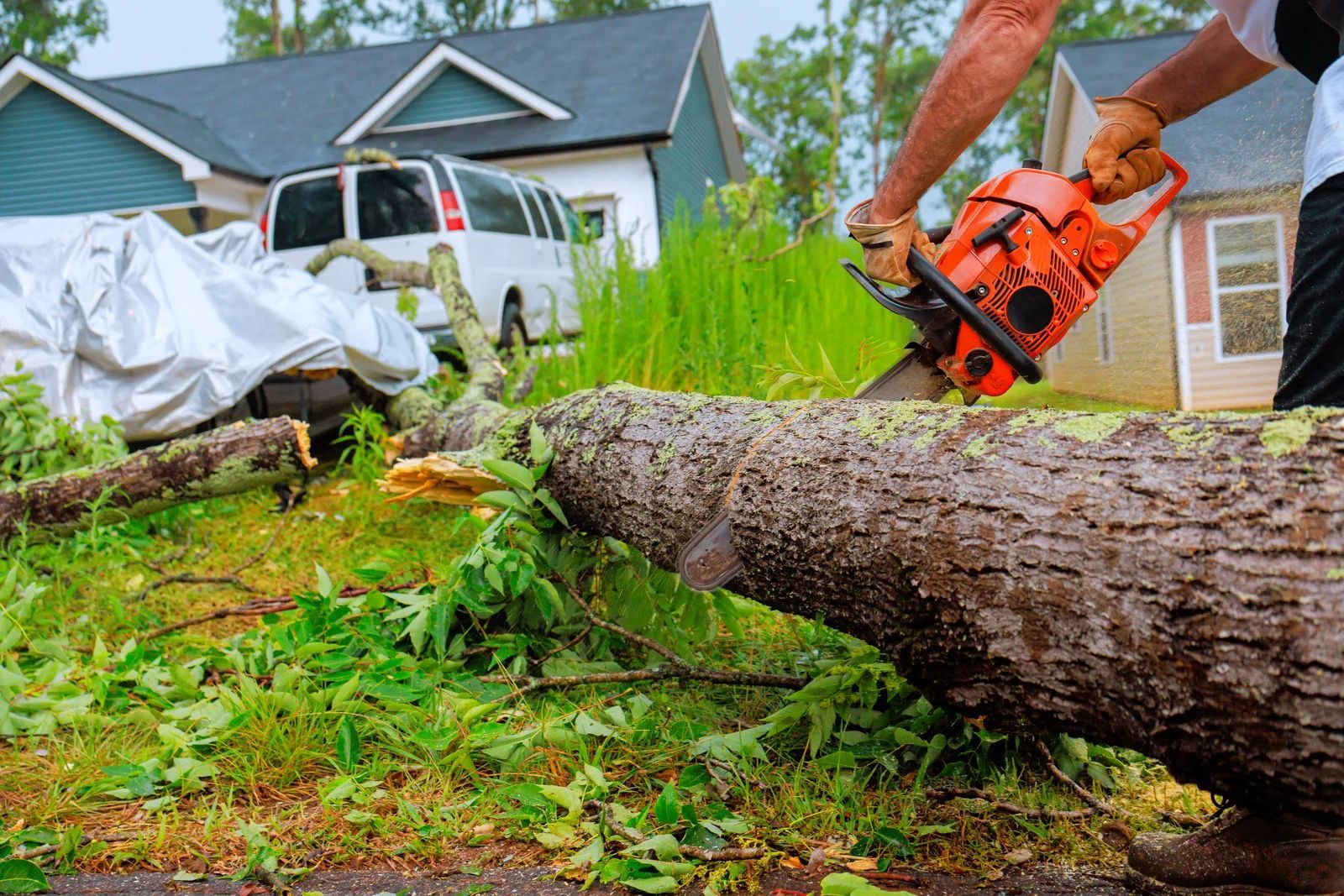Top 7 Signs It’s Time for Tree Removal on Your Property
Trees enhance property value, provide shade, and contribute to environmental health. However, not all trees are safe or beneficial in the long term. Whether due to disease, structural weakness, or interference with infrastructure, some trees can pose serious risks. Knowing when to remove a tree is crucial for maintaining a safe, attractive, and well-managed landscape. Tree removal is a significant decision that should be made carefully, often in consultation with a certified professional. In this blog, we’ll walk you through the top seven warning signs that a tree may need to be removed to protect your property, your family, and the surrounding environment.
1. Visible Signs of Disease or Decay
Fungus growth, hollow trunks, peeling bark, and dead branches are indicators that a tree may be dying. Left untreated, these symptoms can spread disease to nearby vegetation and weaken the tree’s structure, increasing the risk of falling. Early diagnosis is key, but severe cases usually require removal for safety and health preservation.
2. Leaning or Unstable Posture
While some trees naturally grow at an angle, sudden or progressive leaning could signal root instability or internal damage. An unstable tree poses a serious hazard, especially during storms or high winds. If cables or braces can’t stabilize it, removal becomes necessary to avoid injury or property damage.
3. Root Damage or Soil Disturbance
Compromised roots can threaten a tree’s ability to absorb nutrients and anchor itself. Construction projects, erosion, or underground pests may damage roots and destabilize the tree. If large roots are exposed, decaying, or severed, it could be time to consider removal before the tree topples unexpectedly.
4. Proximity to Structures or Power Lines
Trees that are too close to homes, garages, fences, or utility lines can cause significant problems. Branches may scratch surfaces or interfere with electrical service, and roots may crack foundations or driveways. In these cases, trimming might not be enough—removal is often the safer long-term solution.
5. Storm or Wind Damage
Trees damaged by storms often suffer broken limbs, torn bark, or structural splits that can’t be repaired. Even if they remain standing temporarily, such trees are more likely to fall later. A post-storm assessment can determine if removal is the only viable way to eliminate future hazards.
6. Pest Infestation
Infestations by wood-boring insects or invasive pests can compromise a tree’s structural integrity. Signs include sawdust at the base, holes in bark, or visible colonies. Once a tree is severely infested, it’s difficult to save and may need removal to protect other trees in the area.
7. Excessive Deadwood or Canopy Thinning
If a tree has more dead branches than healthy ones or an unusually sparse canopy, it’s likely in decline. Removing it prevents falling limbs, improves safety, and allows nearby trees or plants to flourish with more light and space.
With over 45
years of experience, Clark's Tree Works
proudly serves Modesto, California with professional tree removal and full-service tree care. Our team of certified experts specializes in safe and efficient removal, helping homeowners manage risk and preserve property health. Trust us to assess and act when your landscape needs critical attention.




